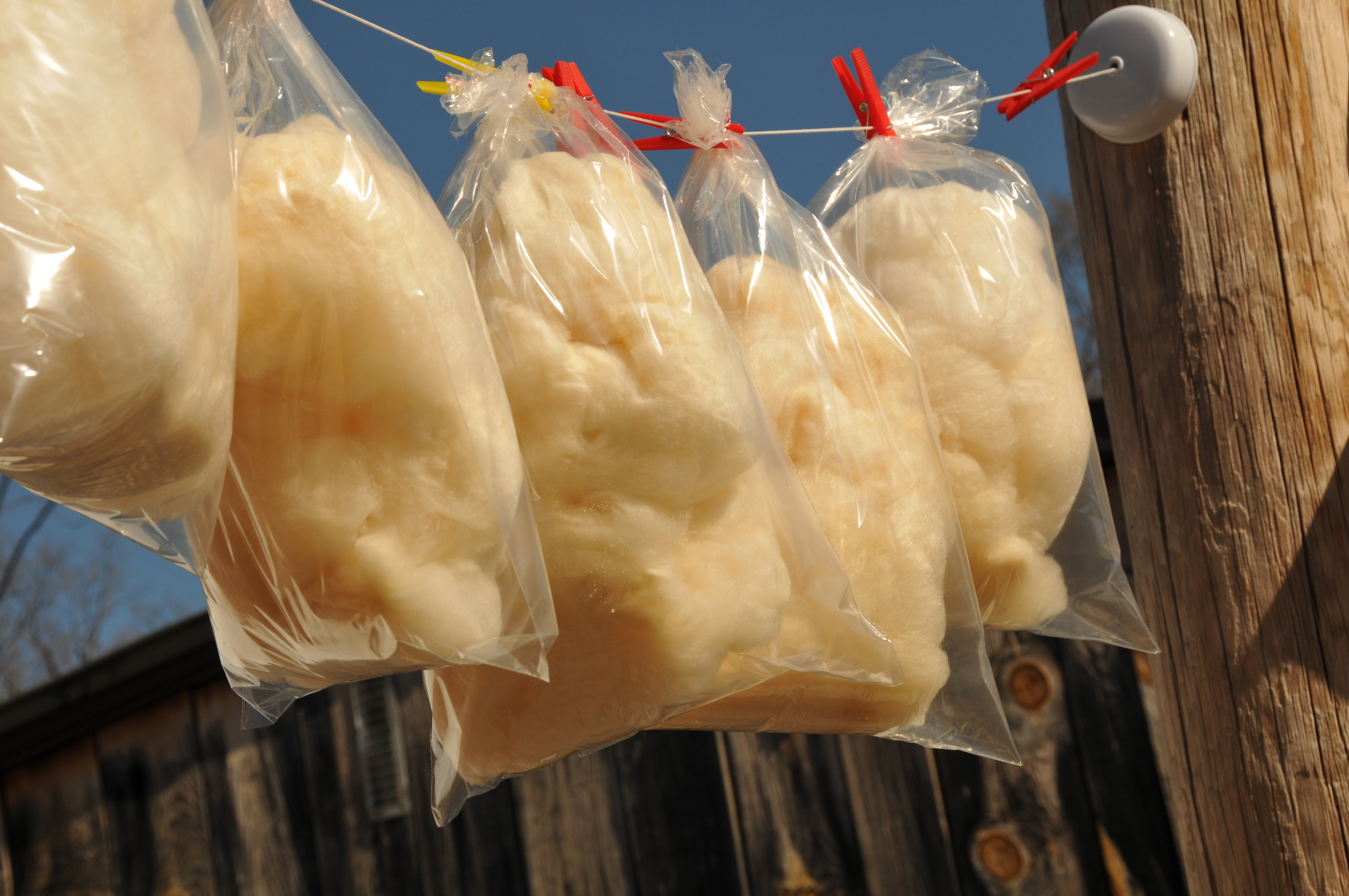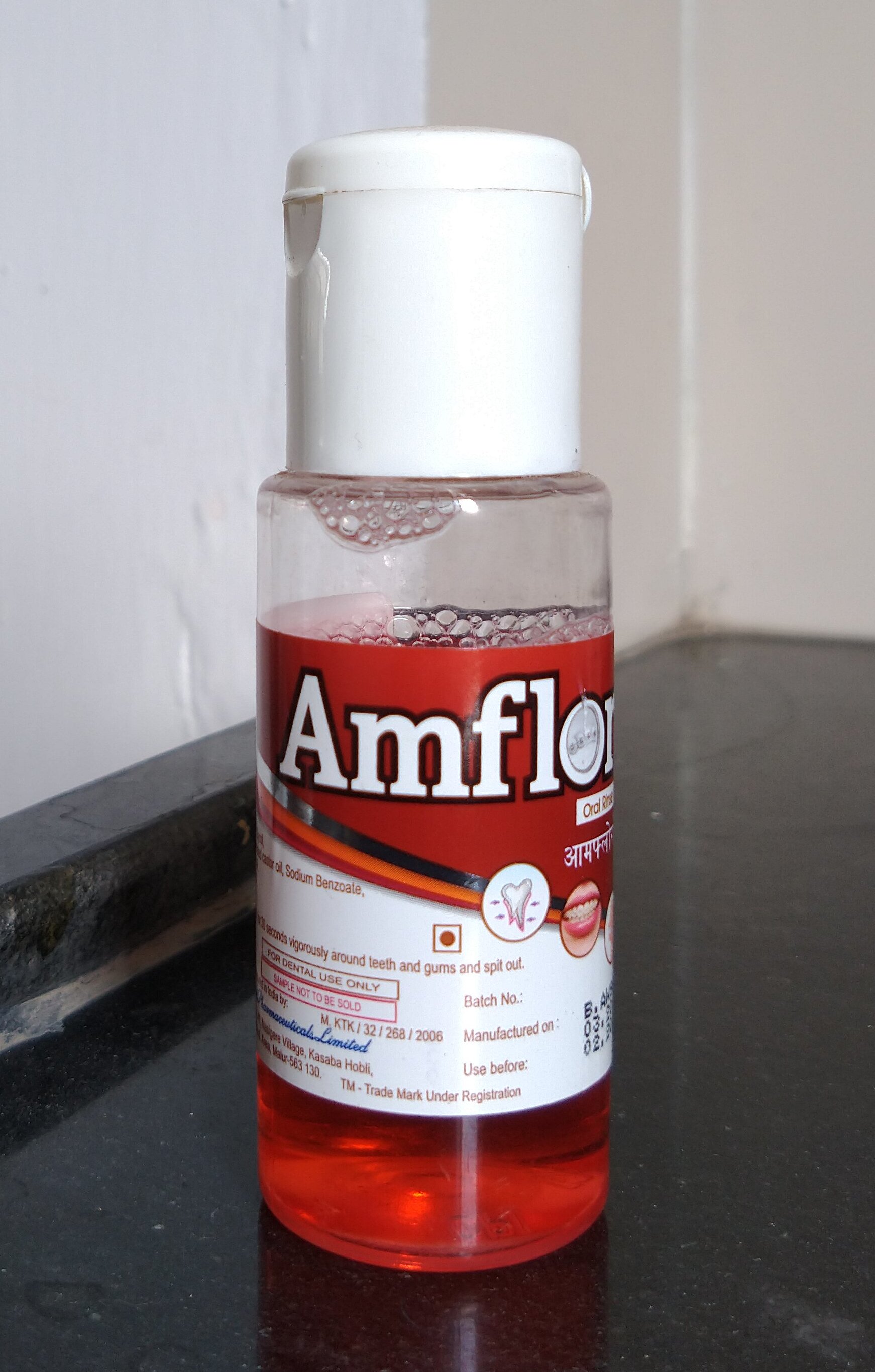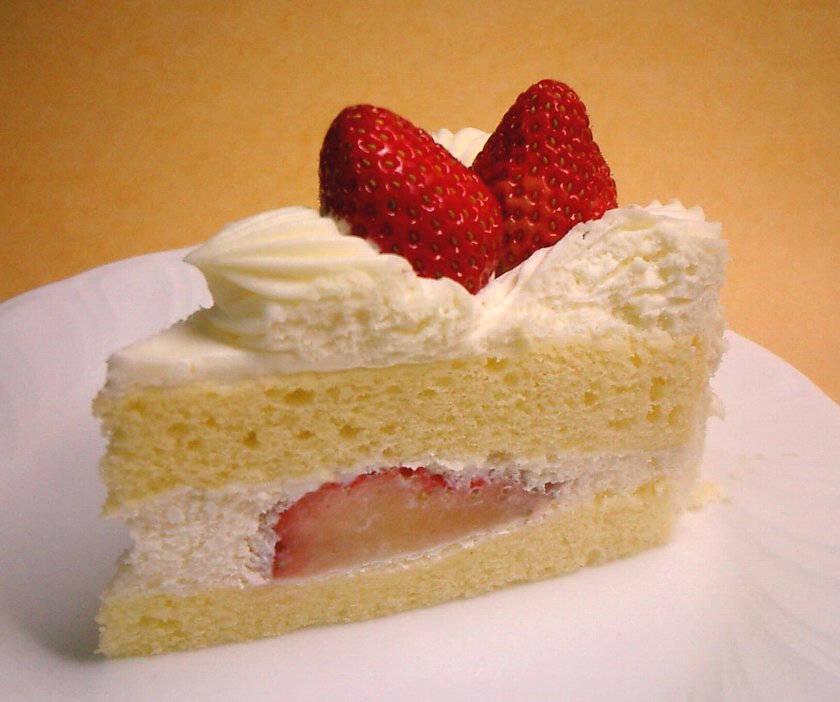|
Allura Red
Allura Red AC is a red azo dye that goes by several names, including FD&C Red 40. It is used as a food dye and has the E number E129. It is usually supplied as its red sodium salt, but can also be used as the calcium and potassium salts. These salts are soluble in water. In solution, its maximum absorbance lies at about 504 nm. Allura Red, FD&C Red No. 40 is manufactured by coupling diazotized 5-amino-4-methoxy-2-toluenesulfonic acid with 6-hydroxy-2-naphthalene sulfonic acid in an azo coupling reaction. Use as a consumable coloring agent Allura Red AC is a popular dye used worldwide. Annual production in 1980 was greater than 2.3 million kilograms. It was originally introduced as a replacement for amaranth in the United States. The European Union approves Allura Red AC as a food colorant, but EU countries' local laws banning food colorants are preserved. In the United States, Allura Red AC is approved by the FDA for use in cosmetics, drugs, and food. When prepared as a l ... [...More Info...] [...Related Items...] OR: [Wikipedia] [Google] [Baidu] |
Azo Dye
Azo dyes are organic compounds bearing the functional group R−N=N−R′, in which R and R′ are usually aryl and substituted aryl groups. They are a commercially important family of azo compounds, i.e. compounds containing the C-N=N-C linkage. Azo dyes are synthetic dyes and do not occur naturally. Most azo dyes contain only one azo group, but some dyes called "disazo dyes" contain two azo groups, some dyes called "trisazo dyes" contain three azo groups and are or more. Azo dyes comprise 60-70% of all dyes used in food and textile industries. Azo dyes are widely used to treat textiles, leather articles, and some foods. Chemically related derivatives of azo dyes include azo pigments, which are insoluble in water and other solvents. Classes Many kinds of azo dyes are known, and several classification systems exist. Some classes include disperse dyes, metal-complex dyes, reactive dyes, and substantive dyes. Also called direct dyes, substantive dyes are employed for ... [...More Info...] [...Related Items...] OR: [Wikipedia] [Google] [Baidu] |
Cotton Candy
Cotton candy, also known as fairy floss and candy floss, is a spun sugar confection that resembles cotton. It usually contains small amounts of flavoring or food coloring. It is made by heating and liquefying sugar, and spinning it centrifugally through minute holes, causing it to rapidly cool and re-solidify into fine strands. It is often sold at fairs, circuses, carnivals, and festivals, served in a plastic bag, on a stick, or on a paper cone. It is made and sold globally, as candy floss in the UK, Ireland, Egypt, India (also known as grandma's hair), New Zealand, Sri Lanka, and South Africa; as "girls hair" in United Arab Emirates, and Saudi Arabia; and as fairy floss in Australia. Similar confections include Korean and Persian . History Several sources track the origin of cotton candy to a form of spun sugar found in Europe in the 19th century. At that time, spun sugar was an expensive, labor-intensive endeavor and was not generally available to the average pers ... [...More Info...] [...Related Items...] OR: [Wikipedia] [Google] [Baidu] |
Carmoisine
Azorubine is an azo dye consisting of two naphthalene subunits. It is a red solid. It is mainly used in foods that are heat-treated after fermentation. It has E number E122. Uses In the US, this color was listed in 1939 as FD&C Red No. 10 for use in externally applied drugs and cosmetics. It was delisted in 1963 because no party was interested in supporting the studies needed to establish safety. It was not used in food in the US.FDABackground Document for the Food Advisory Committee: Certified Color Additives in Food and Possible Association with Attention Deficit Hyperactivity Disorder in Children: March 30-31, 2011/ref>FDA. 9 November 2008Food and Drug Administration, Compliance Program Guidance Manual, Chapter 03 - Foodborne Biological Hazardsp37 In the EU, azorubine is known as E number E122, and is authorized for use in certain foods and beverages, such as cheeses, dried fruit, and some alcoholic beverages, and is permitted for use as an excipient in medications. There a ... [...More Info...] [...Related Items...] OR: [Wikipedia] [Google] [Baidu] |
Sunset Yellow
Sunset yellow FCF (also known as orange yellow S, or C.I. 15985) is a petroleum-derived orange azo dye with a pH dependent maximum absorption at about 480 nm at pH 1 and 443 nm at pH 13 with a shoulder at 500 nm. When added to foods sold in the United States it is known as FD&C Yellow 6; when sold in Europe, it is denoted by E Number E110. Uses Sunset yellow is used in foods, condoms, cosmetics, and drugs. Sunset yellow FCF is used as an orange or yellow-orange dye. For example, it is used in candy, desserts, snacks, sauces, and preserved fruits. Sunset yellow is often used in conjunction with E123, amaranth, to produce a brown colouring in both chocolates and caramel. Safety The acceptable daily intake (ADI) is 0–4 mg/kg under both EU and WHO/FAO guidelines. Sunset yellow FCF has no carcinogenicity, genotoxicity, or developmental toxicity in the amounts at which it is used. It has been claimed since the late 1970s, under the advocacy of Benjamin Fein ... [...More Info...] [...Related Items...] OR: [Wikipedia] [Google] [Baidu] |
Quinoline Yellow WS
Quinoline Yellow WS is a mixture of organic compounds derived from the dye Quinoline Yellow SS (spirit soluble). Owing to the presence of sulfonate groups, the WS dyes are water-soluble (WS). It is a mixture of disulfonates (principally), monosulfonates and trisulfonates of 2-(2-quinolyl)indan-1,3-dione with a maximum absorption wavelength of 416 nm.p. 119 Uses Quinoline Yellow is used as a greenish yellow food additive in certain countries, designated in Europe as the E number E104. In the EU and Australia, Quinoline Yellow is permitted in beverages and is used in foods, like sauces, decorations, and coatings; Quinoline Yellow is not listed as a permitted food additive in Canada or the US, where it is permitted in medicines and cosmetics and is known as D&C Yellow 10. The Codex Alimentarius does not list it. Health effects Quinoline Yellow WS has not been associated with any significant long-term toxicity, is not genotoxic or carcinogenic and there is no evidence o ... [...More Info...] [...Related Items...] OR: [Wikipedia] [Google] [Baidu] |
Ponceau 4R
Ponceau 4R (known by more than 100 synonyms,Abbey J, et at. Colorants. pp 459-465 in Encyclopedia of Food Safety, Vol 2: Hazards and Diseases. Eds, Motarjemi Y et al. Academic Press, 2013. including as C.I. 16255,FDA. 9 November 2008Food and Drug Administration Compliance Program Guidance Manual, Chapter 03 – Foodborne Biological Hazardsp37 cochineal red A, C.I. acid red 18, brilliant scarlet 3R, brilliant scarlet 4R, new coccine,) is a synthetic colourant that may be used as a food colouring. It is denoted by E Number E124. Its chemical name is 1-(4-sulfo-1-napthylazo)-2-napthol-6,8-disulfonic acid, trisodium salt. ''Ponceau'' (17th century French for "poppy-coloured") is the generic name for a family of azo dyes. Ponceau 4R is a strawberry red azo dye which can be used in a variety of food products, and is usually synthesized from aromatic hydrocarbons; it is stable to light, heat, and acid but fades in the presence of ascorbic acid. It is used in Europe, Asia, and Aust ... [...More Info...] [...Related Items...] OR: [Wikipedia] [Google] [Baidu] |
Tartrazine
Tartrazine is a synthetic lemon yellow azo dye primarily used as a food coloring. It is also known as E number E102, C.I. 19140, FD&C Yellow 5, Yellow 5 Lake, Acid Yellow 23, Food Yellow 4, and trisodium 1-(4-sulfonatophenyl)-4-(4-sulfonatophenylazo)-5-pyrazolone-3-carboxylate). Tartrazine is a commonly used color all over the world, mainly for yellow, and can also be used with brilliant blue FCF (FD&C Blue 1, E133) or green S (E142) to produce various green shades. Products containing tartrazine Foods Many foods contain tartrazine in varying proportions, depending on the manufacturer or person preparing the food. When in food, tartrazine is typically labelled as "color", "tartrazine", or "E102", depending on the jurisdiction, and the applicable labeling laws (see Regulation below). Products containing tartrazine commonly include processed commercial foods that have an artificial yellow or green color, or that consumers expect to be brown or creamy looking. It has ... [...More Info...] [...Related Items...] OR: [Wikipedia] [Google] [Baidu] |
Sweet Allura Red Close
Sweetness is a basic taste most commonly perceived when eating foods rich in sugars. Sweet tastes are generally regarded as pleasurable. In addition to sugars like sucrose, many other chemical compounds are sweet, including aldehydes, ketones, and sugar alcohols. Some are sweet at very low concentrations, allowing their use as non-caloric sugar substitutes. Such non-sugar sweeteners include saccharin and aspartame. Other compounds, such as miraculin, may alter perception of sweetness itself. The perceived intensity of sugars and high-potency sweeteners, such as Aspartame and Neohesperidin Dihydrochalcone, are heritable, with gene effect accounting for approximately 30% of the variation. The chemosensory basis for detecting sweetness, which varies between both individuals and species, has only begun to be understood since the late 20th century. One theoretical model of sweetness is the multipoint attachment theory, which involves multiple binding sites between a sweetness rec ... [...More Info...] [...Related Items...] OR: [Wikipedia] [Google] [Baidu] |
Strawberry Soda
The garden strawberry (or simply strawberry; ''Fragaria × ananassa'') is a widely grown hybrid species of the genus ''Fragaria'', collectively known as the strawberries, which are cultivated worldwide for their fruit. The fruit is widely appreciated for its characteristic aroma, bright red color, juicy texture, and sweetness. It is consumed in large quantities, either fresh or in such prepared foods as jam, juice, pies, ice cream, milkshakes, and chocolates. Artificial strawberry flavorings and aromas are also widely used in products such as candy, soap, lip gloss, perfume, and many others. The garden strawberry was first bred in Brittany, France, in the 1750s via a cross of ''Fragaria virginiana'' from eastern North America and ''Fragaria chiloensis'', which was brought from Chile by Amédée-François Frézier in 1714. Cultivars of ''Fragaria'' × ''ananassa'' have replaced, in commercial production, the woodland strawberry (''Fragaria vesca''), which was the first strawb ... [...More Info...] [...Related Items...] OR: [Wikipedia] [Google] [Baidu] |
Erythrosine
Erythrosine, also known as Red No. 3, is an organoiodine compound, specifically a derivative of fluorone. It is a pink dye which is primarily used for food coloring. It is the disodium salt of 2,4,5,7-tetraiodofluorescein. Its maximum absorbance is at 530 nm in an aqueous solution, and it is subject to photodegradation. Uses It is used as a: * food coloring * printing ink * biological stain * dental plaque disclosing agent * radiopaque medium * sensitizer for orthochromatic photographic films *Visible light photoredox catalyst Erythrosine is commonly used in sweets such as some candies and popsicles, and even more widely used in cake-decorating gels. It is also used to color pistachio shells. As a food additive, it has the E number E127. Health effects As a result of efforts begun in the 1970s, in 1990 the U.S. FDA had instituted a partial ban on erythrosine, citing research that high doses have been found to cause cancer in rats. A 1990 study concluded that "chr ... [...More Info...] [...Related Items...] OR: [Wikipedia] [Google] [Baidu] |
Fexofenadine
Fexofenadine, sold under the brand name Allegra among others, is an antihistamine pharmaceutical drug used in the treatment of allergy symptoms, such as hay fever and urticaria. Therapeutically, fexofenadine is a selective peripheral H1 blocker. It is classified as a second-generation antihistamine because it is less able to pass the blood–brain barrier and cause sedation, compared to first-generation antihistamines. It was patented in 1979 and came into medical use in 1996. It is on the World Health Organization's List of Essential Medicines. Fexofenadine has been manufactured in generic form since 2011. In 2020, it was the 255th most commonly prescribed medication in the United States, with more than 1million prescriptions. Medical uses Fexofenadine is used for relief from physical symptoms associated with seasonal allergic rhinitis and for treatment of chronic urticaria. It does not cure, but rather prevents the aggravation of allergic rhinitis and chronic idiopathic ur ... [...More Info...] [...Related Items...] OR: [Wikipedia] [Google] [Baidu] |
Antihistamine
Antihistamines are drugs which treat allergic rhinitis, common cold, influenza, and other allergies. Typically, people take antihistamines as an inexpensive, generic (not patented) drug that can be bought without a prescription and provides relief from nasal congestion, sneezing A sneeze (also known as sternutation) is a semi-autonomous, convulsive expulsion of air from the lungs through the nose and mouth, usually caused by foreign particles irritating the nasal mucosa. A sneeze expels air forcibly from the mouth and ..., or hives caused by pollen, dust mites, or animal allergy with few side effects. Antihistamines are usually for short-term treatment. Chronic allergies increase the risk of health problems which antihistamines might not treat, including asthma, sinusitis, and lower respiratory tract infection. Consultation of a medical professional is recommended for those who intend to take antihistamines for longer-term use. Although people typically use the word "anti ... [...More Info...] [...Related Items...] OR: [Wikipedia] [Google] [Baidu] |




